There’s an idea that breaking into teen modeling is all about good genes and luck. Sure, genetics play a part—you need a marketable look—but the truth is, this world is shaped by hustle, know-how, an eye for opportunity, and yes, a pinch of tough skin. The demand for new faces is endless. At the same time, the competition is fierce, the pitfalls are many, and everyone thinks their story will be the next runway fairy tale. My son Hugo keeps telling me he wants to be the next face on those huge mall posters. Watching him, and knowing what I do now, I see all the missteps waiting for the kids who charge into this business head-first without a clue.
Understanding the Reality of Teen Modeling
The teen modeling scene isn’t the glitz you scroll past on Instagram. Models, especially teens, work harder than most people guess. Behind every killer snapshot is a grind: castings that chew up weekends, waiting rooms with one hundred other hopefuls, and the ever-present pressure to look right—sometimes at the expense of your own comfort or health. One notable fact: the Council of Fashion Designers of America requires models under 16 to have chaperones at shoots and demands lunch and rest breaks on set, but that doesn’t mean every client falls in line. Teens also juggle school, friendships, real-life awkwardness, and a whole lot of early mornings. The average modeling casting session in big cities like New York or London can include 60–120 contestants for one spot. Agencies don’t sugarcoat rejection—they might not even answer back. I tell Hugo and Imogen, 'Be yourself, but also, get ready for honest feedback, and don’t take every email to heart.'
Another thing: body standards are shifting. A 2023 Vogue Business report highlighted that brands are moving toward more diverse, real looks—including braces, “imperfections,” and all ranges of body types. Still, the industry’s long shadow from the days of extreme thinness lingers, and it’s critical for teens and their parents to see past the filters. Eating disorders are more common among models than almost any other job, based on data from The British Journal of Psychiatry, so finding agencies that really support mental and physical well-being is more critical than ever.
How to Prepare for a Modeling Career as a Teen
You don’t need fancy headshots to start—just natural snaps, simple backgrounds, and good light. The top agencies want to see your face, a full body shot, and a clear profile photo. Don’t pile on makeup or contort yourself into awkward poses. They want to see who you really are. For teens, self-confidence matters way more than being able to pout. A genuine, friendly attitude stands out—seriously. If you’re not sure what agencies are looking for, flip through the websites of Ford Models, IMG, or Wilhelmina—they have 'become a model' sections that spell out requirements.
If your teen is serious, get organized now. Start building a simple, neat portfolio (print and digital—they’re both useful). Keep track of height, measurements, and any special skills like acting, dance, or sports. Most top agencies expect a minimum height of 5’7” for girls and 5’10” for boys for fashion work, but there are always exceptions, especially in commercial gigs. Take notes from pro models: Gigi Hadid landed her first campaign at age 2, but she still faced tons of rejection through her teens, according to her mother Yolanda’s interviews.
Look out for local open casting calls—these sometimes get hundreds of applicants, but you have more chances if you stand out in person. Use Instagram wisely: keep your page clean, positive, and public if you’re comfortable, because agents do check social media. A recent study from Business of Fashion said over 60% of new faces in 2024 got discovered primarily through Instagram or TikTok, not old-school casting calls.
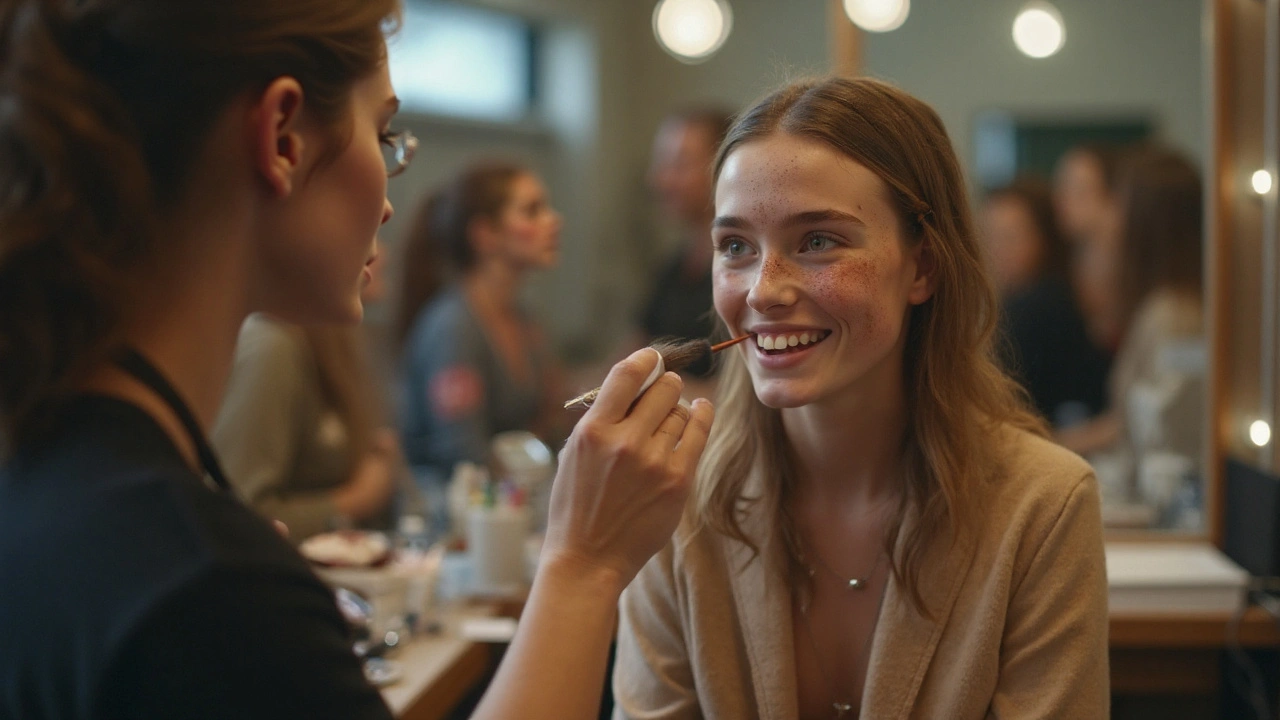
Finding the Right Agency Without Getting Scammed
The world of model agencies is full of real talent scouts, but the scams are just as famous. Here’s the first red flag: legit agencies never ask teens to pay up-front fees for 'representation.' If someone offers to sign you for a package deal, re-run, and never look back. The top agencies make their money when you land jobs; their standard commission is 20%, sometimes 25% for overseas gigs or extras. If you get an email out of the blue that sounds too flattering, especially if it rushes you to send pictures, double-check every claim against the agency’s real website or call their main number before sending anything.
The best agencies show interest in both the model and their family, especially with minors. They set up clear contracts, discuss work hours, and help you understand legal stuff like minors’ work permits. Major groups like Next Model Management or Elite Model Management post lists of their signed models and clients, so you can verify who’s for real. If you’re approached at the mall (yep, still happens), make sure the scout gives you a proper business card and check it before going further. Imogen almost got roped into a fake casting—she was promised 'runway experience' for $300 upfront, which is classic bait-and-switch. Best advice? When in doubt, ask for a list of previous jobs booked for other teens. If they tap-dance around the question, something’s up.
Succeeding at Castings and Building Your Brand
Castings can get intense. The room is crowded, nerves are high, and sometimes the casting director isn’t shy about pointing out what doesn’t fit. But here’s what insiders swear by—always arrive early, dress simply (solid tee, jeans, clean shoes), and bring your book (portfolio) plus a few comp cards. No loud makeup, no giant accessories, no sunglasses. Stand tall, speak clearly, and listen before answering questions—they’re figuring out if you’re easy to work with, not just whether your jawline photographs well.
Don’t forget: agencies and brands remember people who are on time, polite, and ready to jump in. Teens who show initiative—like learning their angles by practicing in front of a mirror, or brushing up on current fashion trends—tend to get callbacks. Body language matters. A 2024 survey from The Model Alliance found that directors preferred models who smiled genuinely at castings rather than trying to act 'too cool.'
Social media is a game-changer. Most major brands check Instagram before booking an unknown face, and they like to see personality, hobbies, candid shots—anything real. You don’t need 100,000 followers; it’s better to show you’re involved in school, sports, hobbies, or volunteering. It makes you relatable, and agencies say clients love models who seem like actual people instead of airbrushed mannequins.
| Key Casting Tips | Why It Works |
|---|---|
| Simple Outfits | Keeps focus on your features, not your clothes |
| Natural Light Photos | Shows agents your real look |
| Practice Introductions | Prevents freezing up and builds confidence |
| Prompt Replies | Makes you look responsible and in demand |
| Genuine Smile | Helps you stand out and look approachable |

Staying Safe, Healthy, and Grounded in the Industry
The best part of teen modeling? The life skills you pick up: time management, emotional resilience, learning to take criticism, and how to handle business deals. But there’s a darker side to be honest about. Boundaries are non-negotiable. Never be pressured to pose in a way you’re not comfortable with—this goes double for anyone under 18. Agencies following the rules have written policies, and the Model Alliance regularly updates its list of safe-support agencies on its website. In 2024, New York passed new rules requiring all modeling gigs for minors to have a certified chaperone, and that’s spreading in other states.
Burnout is real. Modeling isn’t just glamorous; it can eat up family time, disrupt school schedules, and put teens in seriously adult situations. If you start feeling overwhelmed, agencies worth trusting will help you step back. A 2023 NEDA study found that models with solid support (friends, therapy, family check-ins) stayed in the business longer and reported fewer issues with stress or eating disorders. Hydration, snacks, a full night’s sleep—these are your new best friends.
Parents should always have a say. For every star story, there are kids who fizzled or burned out fast. Stay in the loop—every contract, every photo session, every trip. Start a shared calendar with your teen, schedule check-ins, and celebrate wins together. If you keep things honest and healthy, modeling can actually help teens toughen up and build a killer work ethic. Just don’t lose track of the bigger picture—school, friendships, regular teenage messiness. The industry’s always changing, but the best advice hasn’t. Stay real, keep boundaries tight, and never give up your right to say 'no.' There’s more power in that than any magazine cover could promise.
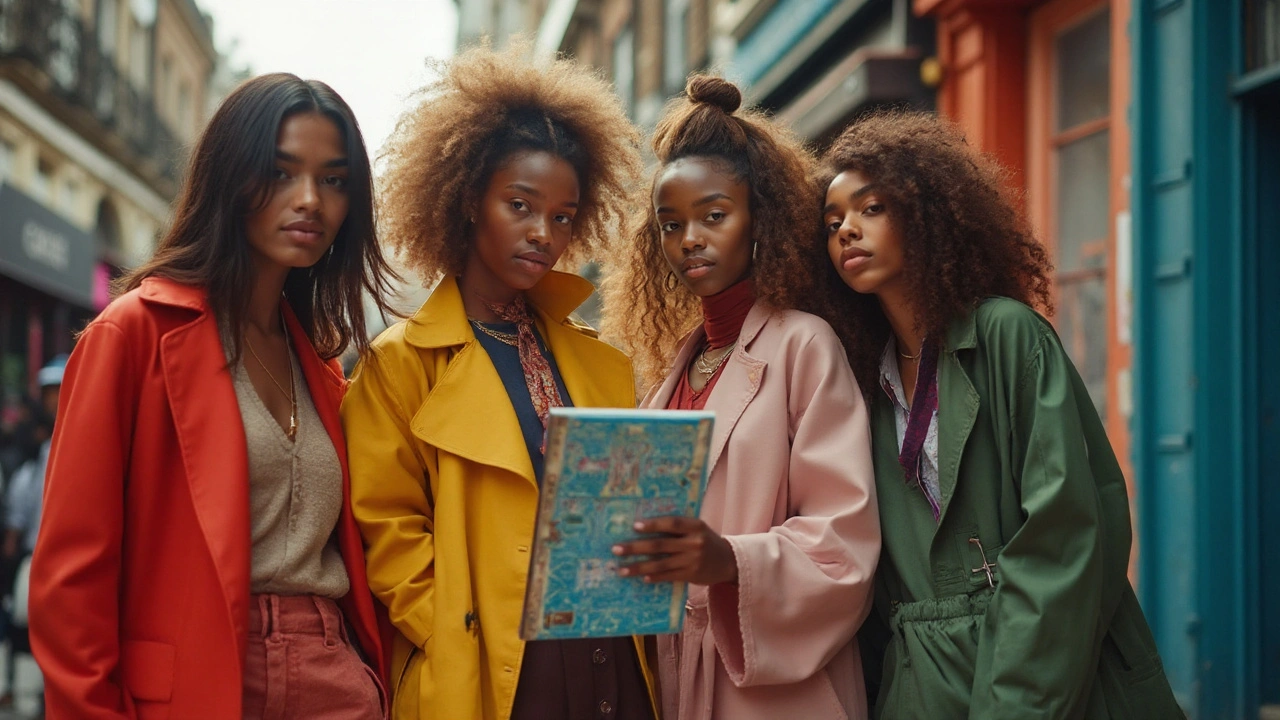
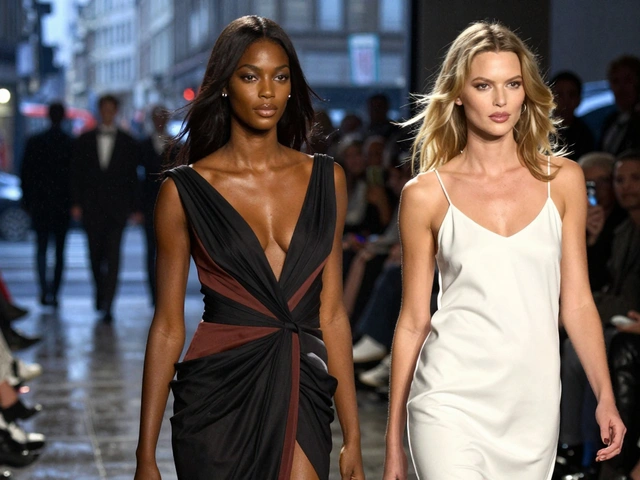
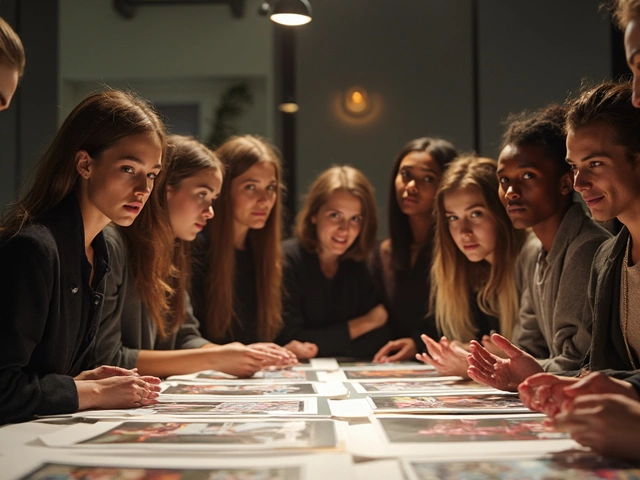
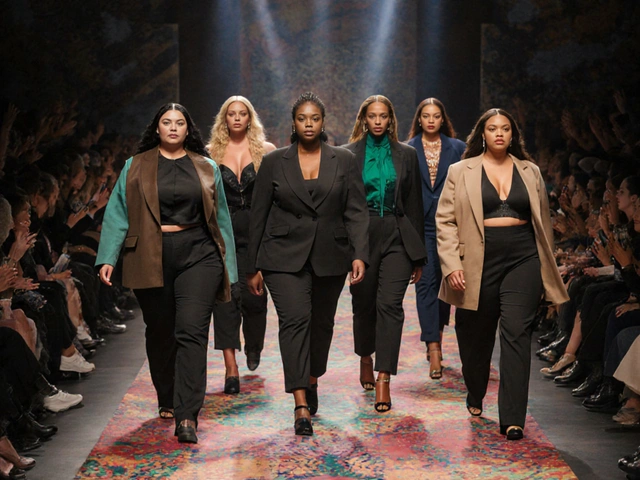
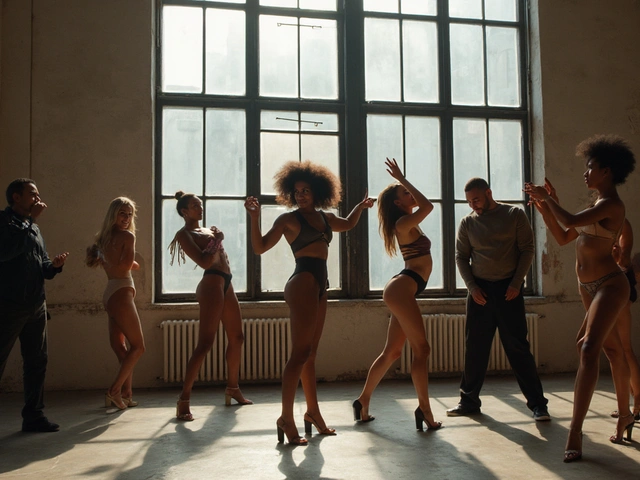

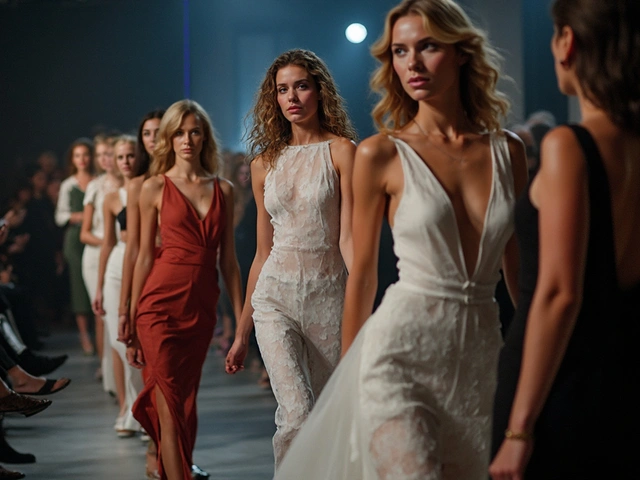


August 4, 2025 AT 14:22
Joe Brown
Hey, this is a really solid intro!
One thing I always tell aspiring teen models is to focus on building a strong portfolio with a variety of looks and styles. It’s essential to show versatility, especially when starting out. Also, stay active on social media, but keep things professional—clients often check online presence before casting.
Networking is key too. Attend open casting calls, meet photographers, and don’t be afraid to ask for advice or critiques. Lastly, be patient and persistent. This industry can be tough but staying consistent matters way more than instant success.
Keep your confidence up and always take care of your mental health!
August 5, 2025 AT 01:29
Talia Bjornson
This post is such a great resource for teens stepping into modeling.
I've always encouraged young models to develop not just their look but their attitude too — confidence with kindness can open tons of doors. Make sure to get good, honest feedback and don't hesitate to work on your walk and posing skills regularly.
Also, remember to balance your modeling dreams with school and personal time. Burnout is real and taking care of yourself is a must! You’ve got to shine from the inside out. The industry can be intimidating but with the right mindset, you can thrive!
August 5, 2025 AT 12:36
Joe Marquez
Yeah, sure, teen modeling sounds like fun until you realize it’s just a parade of shallow judgments. If you really want to 'shine,' better have thick skin or be ready to face rejection a million times. It’s not all glitter and glam — it’s a brutal hustle and mostly for those who can stomach the iceberg beneath.
Also, insider tips are great and all, but no magic cure here. You either have something genuinely unique or you’re just another face lost in the crowd. The industry’s unforgiving, and sugarcoating it doesn’t help anyone.
If you're just hoping to avoid rookie mistakes, brace yourself because this whole path is a learning grind.
August 5, 2025 AT 23:42
Suresh Suresh
I really appreciate this topic; such a confusing space for lots of teens and parents.
The most important steps, as I see it, involve surrounding yourself with honest people who want the best for you. Trustworthy agents and photographers make a massive difference. Protecting yourself from scams and exploitation should always be the top priority.
It’s a tough biz, but with respect and awareness, you can definitely find your footing. Don't be afraid to ask questions and learn from every experience. Always remember modeling is more than just looks—it's about personality, professionalism, and resilience too.
August 6, 2025 AT 10:49
Harshad Hisham
Great post! I’d add that personal branding matters a lot nowadays. Teens need to develop a clear idea of what makes them unique. Whether it’s a particular style, skill, or vibe, defining that early helps with casting and agencies.
Also, never underestimate the power of a healthy lifestyle. Good nutrition, sleep, and exercise impact your appearance and confidence. Modeling isn’t just about how you look on camera but how you carry yourself daily.
Lastly, parents should stay involved to guide without pressure. Encouragement and safety nets can help teens navigate challenges while chasing their dreams safely.
August 6, 2025 AT 21:56
Lisa Nono
This is such a thoughtful and insightful thread!
From my side, I want to highlight the emotional rollercoaster that teen modeling can be. It’s easy to get overwhelmed by comparisons and rejection, so cultivating self-love and a strong sense of identity outside of modeling is crucial.
Many teens forget that who they are, not just how they look, really makes the difference on stage and in photos. Surround yourself with supportive people who celebrate your authentic self. These experiences can be wonderful growth opportunities if you handle them mindfully.
Best vibes to everyone dreaming big!
August 7, 2025 AT 09:02
varun kamat
I really like the focus on insider tips because too often newbies think modeling is just about good looks. It’s not.
One essential step I encourage teens to focus on is developing professionalism early on—like showing up on time, being prepared for shoots, communicating clearly with agents, and respecting contracts.
Also, keep learning about the industry trends and standards but stay true to yourself. Confidence paired with authenticity will make you standout over merely following the crowd. It’s about combining hard work, heart, and hustle.
The journey is long but worth every step.
August 7, 2025 AT 20:09
John Francis Grasso
I appreciate seeing a post focused on teen models because the industry seems overwhelming to many. One simple but crucial step I recommend is understanding and respecting your limits. Don’t push yourself too hard physically or emotionally just to get ahead.
Also, listen closely to feedback without taking it personally. Modeling is a learning process. Watch tutorials and practice at home to get comfortable in front of the camera. Patience helps a lot here.
Good luck everyone trying to make their mark out there!
August 8, 2025 AT 07:16
Jarvis Norman
Honestly, 'shining' in modeling requires more than some insider tips—it needs a bit of luck and a whole lot of self-awareness. I say to teens, don’t be fooled by shiny promises or easy paths.
Focus on being genuine and reliable, because that’s what agents and clients value most. And trust me, it’s not just the looks; character and consistency win long term.
Lastly, learning when to say no is just as important as the steps you take to say yes. Keeping your integrity means everything in this sometimes tricky business.
August 8, 2025 AT 18:22
Lisa Sanders
Wow!!! This post is everything teen models in the USA need to read!!!
Seriously, we have to prioritize American talent and encourage our youth to shine on the national and global stage!!! Starting with proper training and avoiding bad agencies should be our top concern!!!
Also, staying focused on fitness and nutrition will reflect our country's standards of excellence!!! We need to uplift and celebrate hardworking teens who want to make it big!!! This shared insider info is a major step forward!!! Keep those tips coming!!!
Our future supermodels will thank you for this!!!